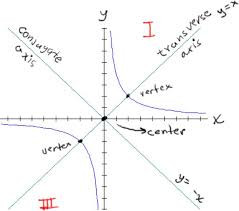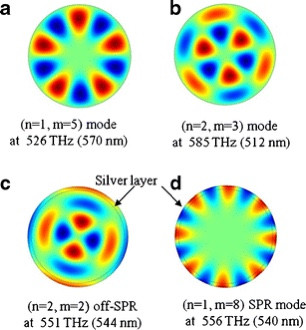Molecules encapsulated in liposomes are better absorbed in skin, compared to conventional formulations.
Would be crazy if they can vaccinate is through our skin via parasites!
Magnetotactic bacteria usually mineralize either iron oxide magnetosomes, which contain crystals of magnetite (Fe3O4), or iron sulfide magnetosomes, which contain crystals of greigite (Fe3S4). Several other iron sulfide minerals have also been identified in iron sulfide magnetosomes—including mackinawite (tetragonal FeS) and a cubic FeS—which are thought to be precursors of Fe3S4. One type of magnetotactic bacterium present at the oxic-anoxic transition zone (OATZ) of the southern basin of the Pettaquamscutt River Estuary, Narragansett, Rhode Island, United States is known to produce both iron oxide and iron sulfide magnetosomes.
The lipid coating is what they are utilizing for everything!
The word liposome derives from two Greek words: lipo ("fat") and soma ("body"); it is so named because its composition is primarily of phospholipid. Liposomes were first described by British haematologist Alec Douglas Bangham in 1961 (published 1964), at the Babraham Institute, in Cambridge.
Everything is connected! ❤️
Liposome-quantum dot hybrids: lipid bilayer-embedded hydrophobic QD vesicles loaded with doxorubicin. (A) Schematic depiction of hybrids; (B) cryo-transmission electron microscopy; (C) atomic force microscopy (3D images) of empty liposomes, L-QD hybrids, and L-QD-Dox hybrids (left to right). (D) Serum stability of L-QD-Dox hybrids incubated in 50% mouse serum. QD were embedded in EPC:Chol:DSPE-PEG2000 and DSPC:Chol:DSPE-PEG2000 liposomes. Dox was loaded using the pH-gradient technique and Dox release was assessed by measuring Dox fluorescence. (E) Cytotoxicity of L-QD-Dox hybrids. MCF-7 cells were incubated with free Dox, L-QD-Dox, and L-QD hybrids, and cell viability was assessed using MTT assay. Reprinted with permission from [103], W. T. Al-Jamal and K. Kostarelos, Liposomes: From a clinically established drug delivery system to a nanoparticle platform for theranostic nanomedicine.



































